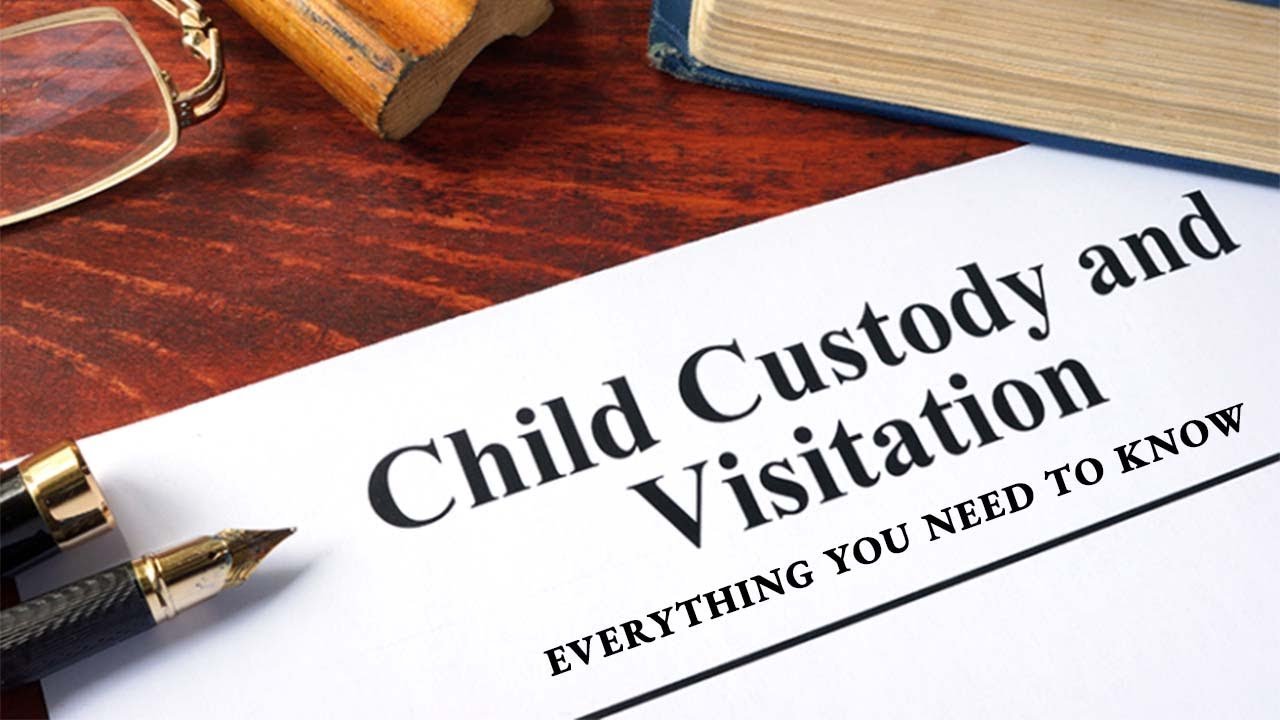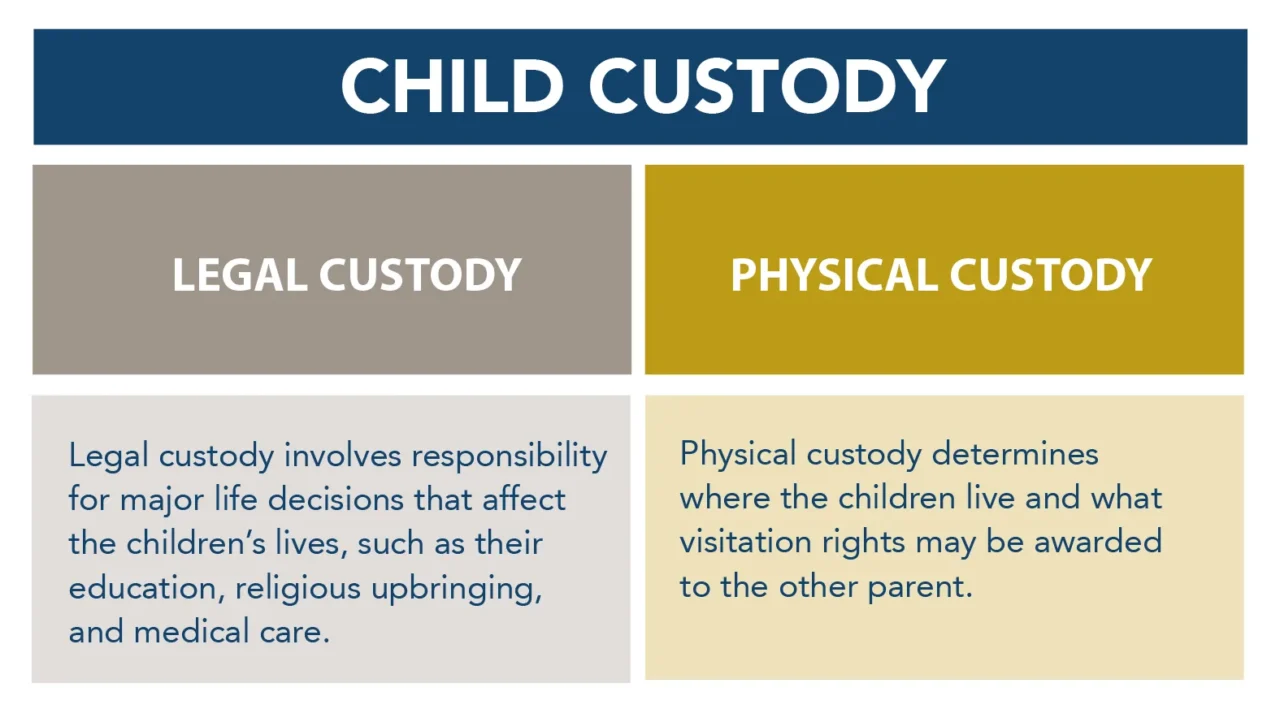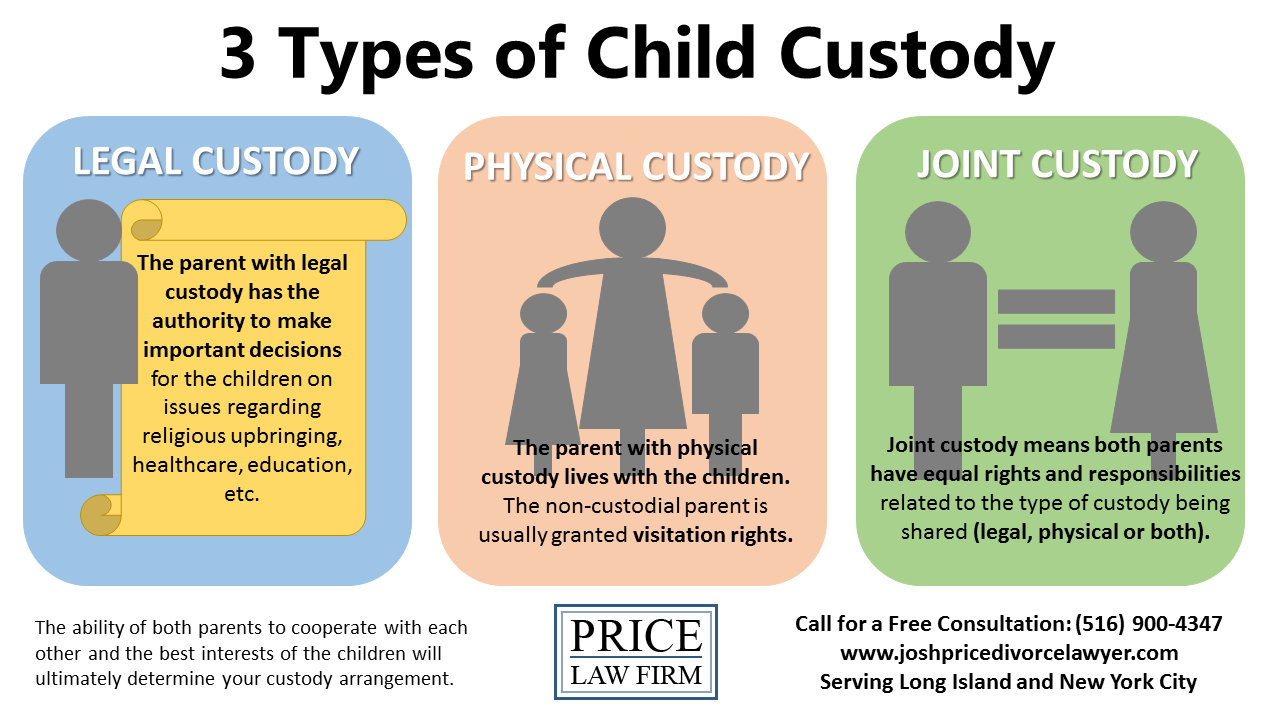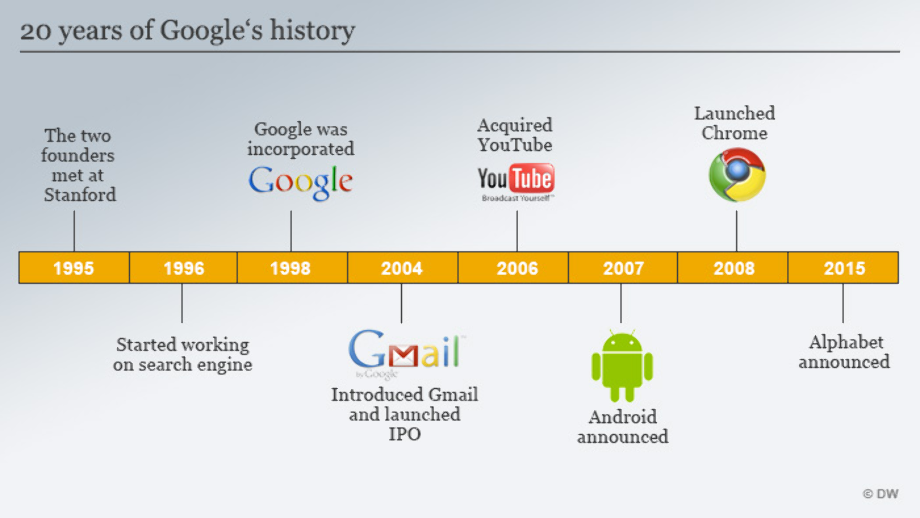Blog
Alternative Pathways to Bar Licensure: Pros, Cons, and Impact on the Legal Profession

DEI Reducing Structural Barriers in the Legal Profession
Introduction
In recent years, there has been a significant push to integrate Diversity, Equity, and Inclusion (DEI) into numerous professional fields, including the legal profession. One of the most pressing challenges prospective lawyers face in Washington is the bar exam.
Fortunately, the Washington State Bar Association and the Board of Governors are actively working to make this process more equitable. The Bar Licensure Task Force, headed by Justice Raquel Montoya-Lewis of the Washington Supreme Court, aims to address these disparities and create a fairer pathway for all aspiring lawyers.
The Current Challenge
The bar exam is notoriously difficult and presents a significant barrier, especially for minority law students. Examinees of color tend to perform disproportionately poorly, resulting in a cycle that limits the number of practicing lawyers from these backgrounds. To understand these disparities fully, it’s essential to examine the historical context and implementation of these examinations.
Policy Changes and Positive Shifts
Efforts are being made to address these issues, with the well-being of minorities and vulnerable groups now a high priority. Some libertarians argue that the bar exam acts as a barrier to entry into the legal profession, likening it to minimum wage laws that, according to Milton Friedman, have disemployment consequences for black populations.
They posit that market competition, similar to what England experiences in terms of egg quality, may be more effective than stringent legal requirements.
Conversely, many argue that official certification and licensing ensure a high level of competency among lawyers. David Friedman suggests that private certification and reputation could achieve the same objectives without government intervention.
College Admissions and DEI Programs
DEI initiatives extend beyond the legal profession into fields like college admissions. While these programs aim to ensure equal opportunities, they also spark controversy. However, critics argue that different standards for individuals can lead to negative consequences. For instance, there may be reduced accreditation rigor and, consequently, concerns about competence and reputation.
Provision of Legal Services to the Underprivileged
Access to justice for underprivileged and vulnerable groups is, therefore, another crucial aspect of DEI reforms. Additionally, easing some constraints could consequently help more individuals meet the requirements for practicing law, thereby benefiting these communities.
For instance, Washington has proposed alternatives such as six months of apprenticeship under a licensed attorney or state-approved courses with 12 qualifying skill credits. Additionally, these methods, coupled with 500 hours of work as a legal intern and standardized educational materials, aim to open doors for more young lawyers.
Mentoring and Lowering Barriers to Entry
Mentorship plays a vital role in this process. Having a mentor can help new entrants acquire the necessary skills and reputation to practice law. While lowering barriers to entry may mean less pay and time initially, it accrues benefits over time.
Libertarian vs. Progressive Perspectives
Libertarians favor the removal of constraints, believing that market forces should regulate competence rather than government rules. Progressives, however, worry about maintaining professional competence. This debate presents a trilemma between equity, competence, and the role of administrative states.
Exempting graduates from taking the bar exam could be seen as a DEI policy, disrupting established cartels and enhancing competition. Progressives, however, are concerned about the quality of legal services.
Impact on Criminal Justice and Imprisonment
The demographics of the legal profession influence not only who becomes a lawyer but also the criminal justice system and imprisonment rates. Increasing the number of practicing lawyers from underrepresented groups can result in fairer trials for marginalized communities.
Achieving Competence Through Alternative Qualifications
Alternative qualifications, such as apprenticeship legal training and state-approved courses, can help achieve high competency levels among lawyers. These methods, along with reputation and competence gained through hands-on training, provide a new approach to increasing accessibility in the profession.
Washington’s Decision and Its Consequences
Washington’s decision to explore alternative pathways to bar licensure marks a significant shift in the DEI movement. This revolutionary move has the potential to transform legal education and practice.
Final Thoughts
Eliminating barriers to entry and diversifying the legal profession are crucial for achieving DEI goals. Alternative assessment methods and reducing reliance on conventional exams can help create a more diverse and highly skilled legal workforce.
This benefits not only aspiring lawyers but also the communities they serve. While libertarianism and progressivism offer valuable perspectives, the opportunities for vulnerable individuals and the legal profession are undeniable. Washington’s exploration of new licensure methods is a positive step forward in this endeavor.
By addressing these structural barriers, we can create a more inclusive and equitable legal profession that better serves society as a whole.
Pros and Cons of Alternative Pathways to Bar Licensure
Pros
- Increased Accessibility: Alternative pathways such as apprenticeships and state-approved courses make the legal profession more accessible to people from underrepresented backgrounds.
- Diverse Perspectives: With more inclusive entry methods, the legal workforce can benefit from a wider range of perspectives, improving advocacy for different communities.
- Hands-On Experience: Apprenticeships and practical training provide real-world experience, potentially making new lawyers more well-rounded and skilled.
- Reduced Financial Barriers: Alternative routes often have lower costs compared to traditional law school and bar exam preparation, alleviating financial strain for aspiring lawyers.
- Addressing Systematic Inequities: These pathways aim to dismantle long-standing barriers that have systematically disadvantaged minority groups.
Cons
- Variable Standards: There may be inconsistency in the competency levels among lawyers who enter the profession through non-traditional routes.
- Reputation Concerns: Alternative qualifications might be viewed as less prestigious, potentially affecting the professional reputation of those who pursue them.
- Quality of Service: Critics argue that without the rigorous screening of the bar exam, the quality of legal services could decline.
- Implementation Challenges: Establishing and maintaining effective alternative pathways require significant oversight and resources, which could strain existing legal education systems.
- Employer Perceptions: Law firms and other legal employers may be hesitant to hire individuals who have not followed the traditional route, limiting career opportunities for those entering through alternative methods.
Frequently Asked Questions (FAQ)
Q: What are alternative pathways to bar licensure?
A: Alternative pathways to bar licensure include apprenticeships under licensed attorneys. Another option is state-approved courses combined with practical training hours. These differ from the traditional route of law school followed by a bar exam.
Q: Who benefits from alternative pathways to bar licensure?
A: These pathways mainly benefit individuals from underrepresented backgrounds. They also help those facing financial barriers and those seeking a hands-on approach to legal training.
Q: How do alternative pathways ensure competence among new lawyers?
A: Competence is achieved through rigorous apprenticeship programs and standardized educational materials. Practical training under experienced attorneys ensures that new lawyers gain essential skills and knowledge.
Q: What are the pros of using alternative pathways for bar licensure?
A: The benefits include increased accessibility, diverse perspectives in the legal workforce, hands-on experience, reduced financial barriers, and addressing systemic inequities.
Q: What are some potential drawbacks of alternative pathways to bar licensure?
A: Potential drawbacks include variable standards, concerns about reputation and quality of service, implementation challenges, and potential biases from employers who may prefer traditional qualifications.
Q: How might the legal profession change with more inclusive entry methods?
A: More inclusive entry methods could lead to a more diverse and well-rounded legal workforce, better advocacy for different communities, and the dismantling of long-standing barriers that have disadvantaged minority groups.
Q: What has Washington State done in terms of alternative licensure methods?
A: Washington State has proposed alternative licensure methods such as apprenticeships and state-approved courses with qualifying skill credits, aiming to make the legal profession more accessible and diversified.
Q: Will alternative pathways dilute the quality of legal services?
A: While some critics are concerned about the potential decline in the quality of legal services, supporters argue that rigorous apprenticeships and standardized assessments will maintain high competency levels.
Q: What role does mentorship play in these alternative pathways?
A: Mentorship is crucial for guiding new entrants in their training. It helps them acquire the skills and reputation needed to practice law effectively.
Q: How can alternative pathways affect the criminal justice system?
A: Increasing the number of practicing lawyers from underrepresented groups can lead to fairer trials and better representation. This potentially impacts criminal justice and imprisonment rates for marginalized communities. Alternative pathways may help achieve this goal.
w a campaign to embrace Diversity, Equity, and Inclusion (DEI). In Washington, the challenges that prospective lawyers face include ones such as the bar exam. However, the Washington State Bar Association and the Board of Governors are in the process of fixing this. Justice Raquel Montoya-Lewis of the Washington Supreme Court leads the Bar Licensure Task Force. Its goal is to make the bar exam more equitable.
Bar examination is challenging, and this is anathema to many law students, especially those from the minority. Examinees of color as a group perform disproportionately poorly. This results in a cycle of production of practicing lawyers from these backgrounds and thus hampers the equity in legal representation.
To be able to comprehend these disparities, it is crucial to consider the past and the ways these examinations have been implemented.
Policy Changes and Positive Shift
However, there has been some progress in handling these problems. The well-being of minorities and other vulnerable groups is now a high priority. Some libertarians claim, for instance, that the bar examination hinders people from engaging in practice as lawyers.
As for minimum wage laws, Milton Friedman explained that such measures had disemployment consequences for the black population. Likewise, bar exams could be considered as moral irrelevant protective mechanisms.
Conversely, demanding official certification and licensing provide lawyers with a high level of competency in their practice. Nevertheless, David Friedman noted that the same objectives could be attained through private certification and reputation without resorting to government intervention. Market competition, which England experiences in terms of egg quality, may be more effective than the legal requirements that Americans experience.
College Admission and Race Programs
DEI-style initiatives are not limited to the legal profession but also other fields like college admissions. Programs that incorporate race try and ensure equal opportunities, however, the issue also creates controversy.
Having different standards for different individuals at times could lead to negative consequences. For example, critics say that such programs may reduce the need for such rigorous accreditation and creates anxiety about competence and reputation.
Provision of Legal Services to Those with Limited Means
Access to Justice by the Underprivileged and Vulnerable Groups: Another area to discuss is the use of legal aid services for less privileged societies. Easing some constraints could allow more individuals to qualify for practicing law, benefiting these groups.
In Washington, proposals include six months of apprenticeship under a licensed attorney or state-approved courses with 12 qualifying skill credits. These methods aim to open the way for more young lawyers. Additionally, they include 500 hours of work as a legal intern and the use of standardized education materials.
Mentoring and Lowering the Barriers
Mentoring and barriers to entry:And mentoring is at the heart of this process. Having a mentor in this profession helps new entrants gain the reputation and skills needed to practice law. Lowering entry barriers at the start may mean less pay and time initially but yields benefits over time.
The Libertarian vs. Progressive Perspective
According to the directionalist perspective, libertarians have a positive view of the withdrawal of constraints. They say that the market should regulate competence, not government rules and policies. The progressives may, however, be concerned about Washington’s decision. They are concerned about achieving and sustaining an appropriate level of professional competence among practicing lawyers.
This is a trilemma between equity, competence, and the role of administrative states. Exempting graduates from taking the bar exam is considered a DEI policy. Libertarians see this positively, as it disrupts set cartels and enhances competition. Progressives, who are concerned about the quality delivery of legal services, are more conservative.
The Consequences on Criminal Justice And Imprisonment
It is also important to acknowledge that the demographics of the legal profession influence not only who becomes a lawyer; moreover, it also affects the criminal justice system and consequently, the rate of imprisonment. Increasing the number of practicing lawyers from underrepresented groups can result in fairer trials for marginalized groups.
Achieving Competence Through Alternative Qualifications
Competence Through Non formal Education Other qualifications like apprenticeship legal training and state approved courses could assist in attaining a high level of competency in lawyers. As are other factors such as reputation and competence gained through training and apprenticeship. While these methods may appear somewhat reverse-thinking, they provide a new approach to the issue of increasing the profession’s accessibility.
Washington’s Decision and Its Consequences
The action by Washington to explore alternative ways to bar licensure marks a significant shift in the DEI movement. It can be seen as a change in the tendency for more libertarian policies, taking into account the arguments of both parties. It is a revolutionary move that, consequently, has the potential to revolutionize the face of legal education as well as practice.
Final Thoughts
Eliminating barriers to entry and diversification of the legal profession can be one of the main goals in achieving DEI. Thus, the approach involving other forms of assessment and minimizing focus on conventional assessments can help make the legal workforce more diverse and highly skilled.
Furthermore, this is not only the case for aspiring lawyers but also, importantly, for the communities they will ultimately serve.
Libertarianism and progressivism provide useful approaches to this heated discussion. Despite this, the opportunities for vulnerable people and the legal profession cannot be underestimated. Another positive aspect is that Washington started to look for new ways to receive a legal license.
Blog
what is joint custody: Latest
Blog
Best Vacation Spots in the US:

A Guide for Citizens and Visitors
Best Vacation Spots in the US: The United States is a treasure trove of vacation destinations, offering an incredible variety of landscapes, cultures, and experiences. Whether you are a U.S. citizen exploring your own backyard or a traveler from abroad looking to immerse yourself in the American experience, there’s something for everyone. Here are some of the best vacation spots in the U.S. to consider for your next adventure.
1. New York City, New York
For a city that never sleeps, New York is a must-visit destination. Home to iconic landmarks like Times Square, the Statue of Liberty, and Central Park, the city offers a vibrant mix of culture, cuisine, and entertainment. Don’t miss the Broadway shows, world-class museums like the MET, and the bustling neighborhoods like SoHo and Williamsburg.
- Ideal For: Culture enthusiasts, foodies, and urban adventurers.
- Pro Tip: Visit during spring or fall to enjoy pleasant weather and fewer crowds.
2. Grand Canyon, Arizona
This natural wonder is awe-inspiring and a perfect destination for nature lovers. Hike along the South Rim, take a helicopter tour for breathtaking views, or raft down the Colorado River for an unforgettable adventure.
- Ideal For: Outdoor enthusiasts and families.
- Pro Tip: Sunrise and sunset offer the most stunning views.
3. Honolulu, Hawaii
Experience the tropical paradise of Hawaii’s capital city. From the famous Waikiki Beach to the historic Pearl Harbor sites, Honolulu is a blend of relaxation and cultural heritage.
- Ideal For: Beach lovers, surfers, and history buffs.
- Pro Tip: Explore nearby attractions like Diamond Head and Hanauma Bay for snorkeling.
4. Yellowstone National Park, Wyoming/Montana/Idaho
America’s first national park is a wonderland of geysers, hot springs, and diverse wildlife. Old Faithful and the Grand Prismatic Spring are must-sees, but the park also offers incredible hiking and camping opportunities.
- Ideal For: Nature lovers and adventure seekers.
- Pro Tip: Visit during late spring or early fall to avoid the summer crowds.
5. New Orleans, Louisiana
Known for its vibrant culture, jazz music, and Creole cuisine, New Orleans is a city like no other. The French Quarter, Bourbon Street, and Mardi Gras are just the beginning of what this lively city has to offer.
- Ideal For: Music lovers, food enthusiasts, and partygoers.
- Pro Tip: Visit in April for the New Orleans Jazz & Heritage Festival.
6. San Francisco, California
Famous for the Golden Gate Bridge, Alcatraz Island, and its eclectic neighborhoods, San Francisco offers a mix of natural beauty and urban charm. Explore Fisherman’s Wharf, ride the iconic cable cars, and take a day trip to wine country.
- Ideal For: Couples, families, and solo travelers.
- Pro Tip: Bring layers; the weather can change quickly.
7. Orlando, Florida
Orlando is a family-friendly destination that promises fun for all ages. Home to Walt Disney World, Universal Studios, and SeaWorld, it’s the ultimate spot for theme park enthusiasts.
- Ideal For: Families and thrill-seekers.
- Pro Tip: Plan your visit during weekdays to avoid long lines.
8. Las Vegas, Nevada
The entertainment capital of the world, Las Vegas is known for its vibrant nightlife, luxurious resorts, and world-class dining. Beyond the casinos, visitors can explore nearby attractions like the Hoover Dam and Red Rock Canyon.
- Ideal For: Nightlife enthusiasts and luxury travelers.
- Pro Tip: Check out the free shows like the Bellagio Fountains.
9. Charleston, South Carolina
This charming Southern city is known for its historic architecture, cobblestone streets, and warm hospitality. Visit the historic plantations, enjoy a carriage ride, and indulge in delicious Lowcountry cuisine.
- Ideal For: History buffs and couples.
- Pro Tip: Springtime offers beautiful blooms and pleasant weather.
10. Anchorage, Alaska
Best Vacation Spots in the US: For a taste of the wild, Anchorage is the gateway to Alaska’s rugged beauty. Experience glaciers, wildlife, and stunning mountain views. Don’t miss a cruise through the Kenai Fjords or a visit to Denali National Park.
- Ideal For: Adventure seekers and nature lovers.
- Pro Tip: Summer offers extended daylight hours to explore more.
The United States offers a rich tapestry of experiences, making it a top destination for travelers from all walks of life. Whether you’re looking for thrilling adventures, serene landscapes, or cultural immersion, the perfect vacation spot awaits you. Start planning your journey today!
Blog
The History of Google: Global Tech Giant
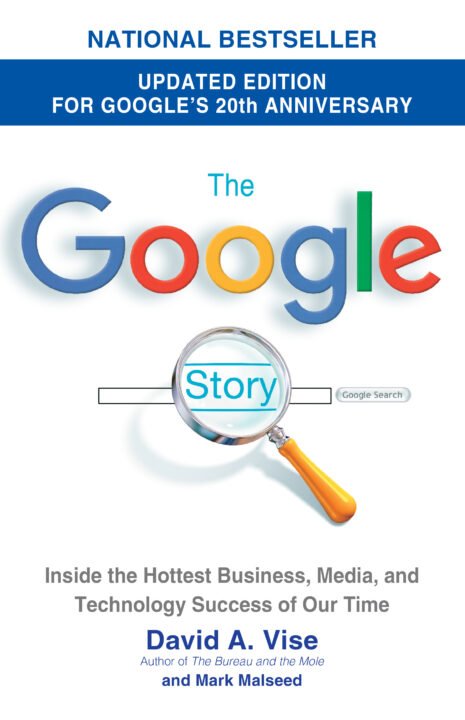
The History of Google: From a Research Project to a Global Giant
History of Google vision, and adaptability. Here’s a deep dive into the history of Google, its evolution, and its impact on the digital age.
Early Beginnings: The Birth of Google
Google was founded in September 1998 by Larry Page and Sergey Brin, both Stanford University graduate students. The pair met in 1995 when Larry was considering attending Stanford for his PhD and was introduced to Sergey, who was already a student. They began working together on a search engine project as part of Larry’s doctoral thesis.
Initially, the duo worked on a project called BackRub, which used a novel algorithm to rank web pages based on the number and quality of links pointing to them. This was a departure from the keyword-based search algorithms that were common at the time. They quickly realized the potential of this idea, which led to the creation of Google.
The name “Google” is a play on the word “googol,” which refers to the number 1 followed by 100 zeros, symbolizing the founders’ mission to organize an immense amount of information on the web.
The Early Growth: Launch and Expansion
Google’s first public release was in 1998, when it was still in beta and running on the Stanford University servers. The search engine quickly gained popularity due to its cleaner, faster interface and more relevant search results. By 1999, the company moved into a garage in Menlo Park, California, which is often considered Google’s official startup base.
In 2000, Google introduced its AdWords program, which allowed businesses to advertise on Google’s search results. This program became the backbone of Google’s revenue model, allowing the company to scale its operations rapidly.
Becoming a Household Name: IPO and Global Expansion
Google’s exponential growth continued in the early 2000s. The company expanded its range of services, including the introduction of Gmail in 2004, which revolutionized email with its 1GB storage and the use of an innovative conversation-based interface.
In 2004, Google went public, with its Initial Public Offering (IPO) raising nearly $2 billion. The stock price skyrocketed, and Google became a publicly traded company. This marked a pivotal moment in the company’s journey, solidifying its place in Silicon Valley’s elite tech companies.
After the IPO, Google continued to expand by acquiring other companies. In 2006, it acquired YouTube, further broadening its scope to video sharing. Over the next few years, Google acquired several other companies, including Android Inc. in 2005, which led to the development of the Android operating system—a key player in the mobile revolution.
The Google Era: Dominance and Innovation
In the following years, Google expanded into various markets, including cloud computing, hardware, and artificial intelligence. The company launched products like Google Maps, Google Drive, and Google Chrome, which have become central to everyday internet usage.
In 2015, Google reorganized itself under a new parent company called Alphabet Inc., with Google becoming its largest subsidiary. This restructuring allowed the company to focus on its core business while also exploring new ventures, including life sciences and autonomous vehicles through its various “Other Bets.”
Google also made strides in AI and machine learning with products like Google Assistant, Google Translate, and Google Cloud AI. The company’s algorithms are integral to billions of searches, and its AI-based technologies continue to drive innovation in numerous industries.
Controversies and Challenges
While Google’s success is undeniable, the company has also faced numerous controversies. Critics have raised concerns about issues such as privacy, monopoly, and censorship. Google has been involved in various antitrust investigations, particularly in the United States and Europe, over its dominance in the search engine market and its handling of user data.
The Future of Google
As of today, Google is an omnipresent force in the digital world, with products and services that touch nearly every aspect of modern life. The company’s search engine remains the most widely used globally, while innovations in AI, cloud computing, and self-driving technology position it to continue its growth for years to come.
Summary
From its humble beginnings as a university research project to a global technology leader, Google has dramatically transformed the way we interact with information. Its expansion into new markets and innovations in AI, search technology, and cloud services suggest that Google’s journey is far from over.
For further reading, you can refer to these sources:
-

 TECH8 months ago
TECH8 months agoiPhone 16 Pro Max VS iPhone 16 Pro: Features and Insights (2024-2025)
-

 Blog8 months ago
Blog8 months agoMaria Taylor’s Husband: Jonathan Lee Hemphill’s Job, Family, and Kids Explained
-

 FASHION5 months ago
FASHION5 months agoOld-Fashioned: Styles Across Generation
-

 SEO6 months ago
SEO6 months agoBest website platform for seo: top 5 popular websites, 1-book, 25 Top Free SEO Tools,
-

 TECH5 months ago
TECH5 months agoNew Innovations in Technology: The Future
-

 TECH8 months ago
TECH8 months ago2025 mercedes-benz c-class images:
-

 SEO6 months ago
SEO6 months agoGoogle Ranking Factors: top 50 factors
-

 SEO6 months ago
SEO6 months agoHow to Write an Article with AI: According to the google requirements ai article book


